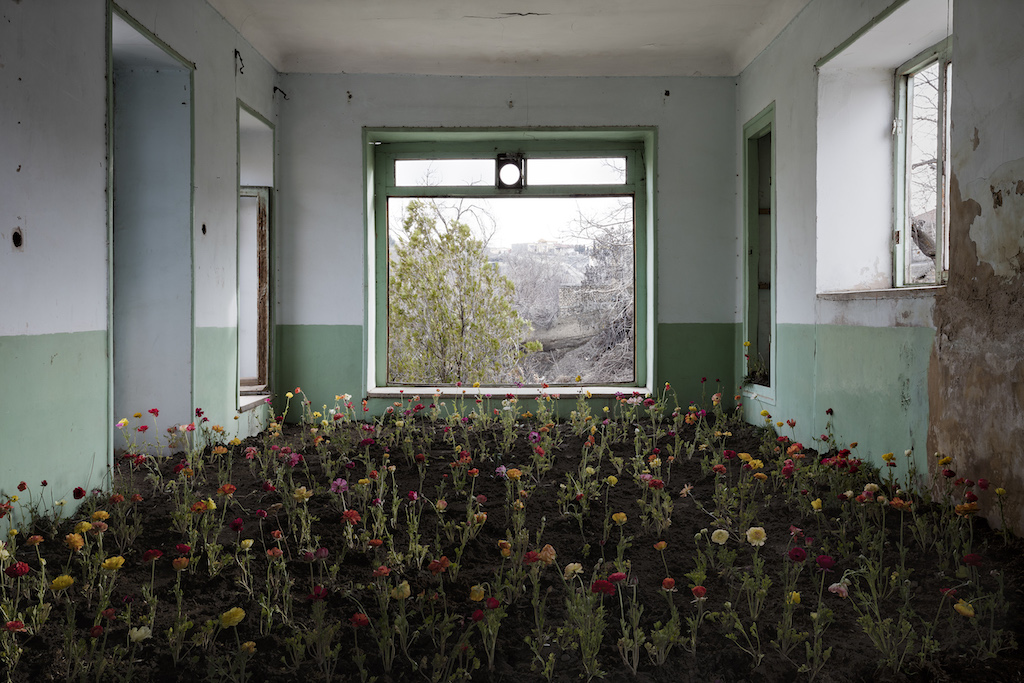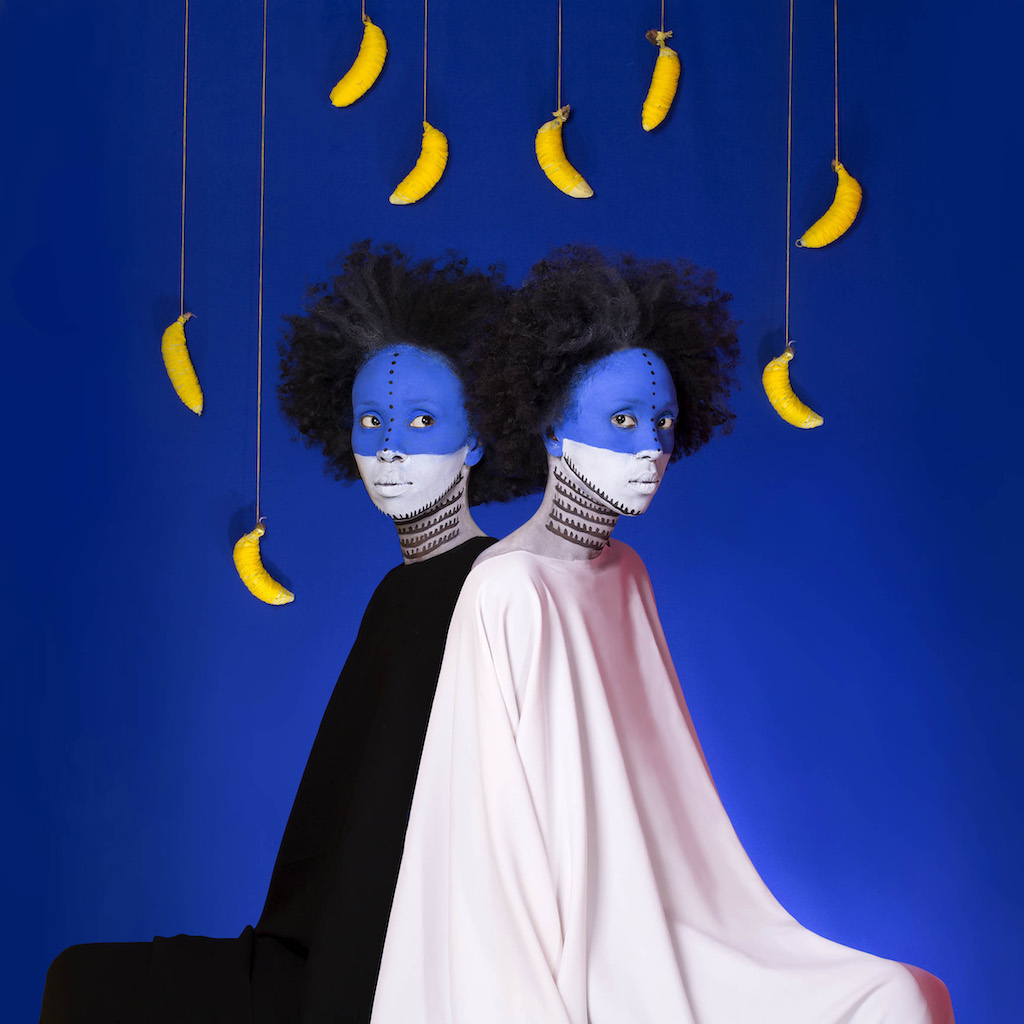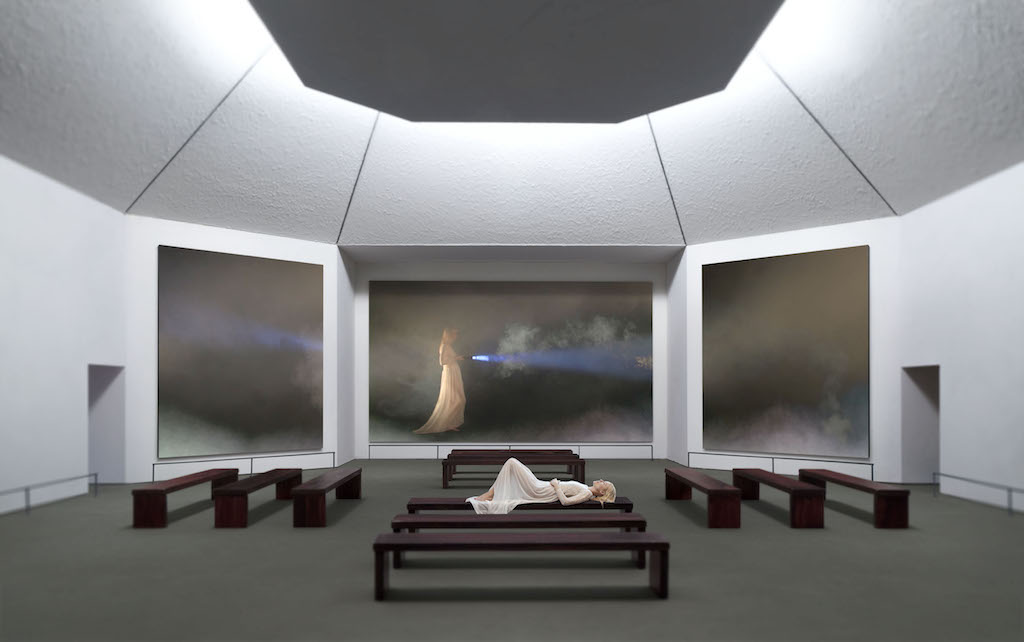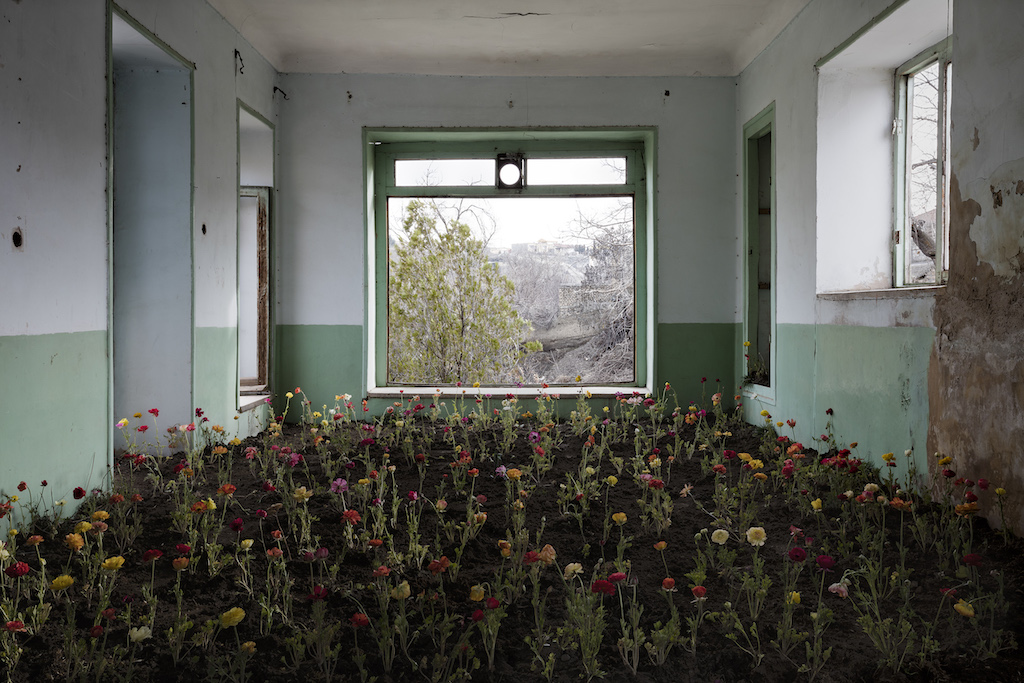[ad_1]

Gohar Dashti, Home, 2017.
COURTESY ROBERT KLEIN GALLERY
Every year in April, photography dealers from around the world descend on New York for the Photography Show, bringing with them a cornucopia of photography and photo-based work, from salt prints to digital pieces. As usual, the fair, which runs through Sunday, did not disappoint. Organized by the Association of International Photography Art Dealers, and now in its 38th edition, it is being held at Pier 94 for the second year (it had previously been held uptown, at the Park Avenue Armory), and some of the 96 exhibitors were still adjusting to the new location.
Boston dealer Robert Klein, the AIPAD president who spearheaded the fair’s relocation to the Armory, admitted to feeling “a little chagrined” about the move. With a shrug, he continued, “growth and change, you know.” He brought to AIPAD works from the series “Home” by Iranian photographer Gohar Dashti, who depicts empty mansions that had once belonged to supporters of the Shah. In place of the mold and soot one might expect to find on their walls, the homes are filled with flora. There’s a beauty to these foliage-infused homes, yet these are not easy images. “The Iranian artists that I’ve come to know all grew up under the threat of destruction during the Iran-Iraq war,” Klein said. The foreboding work deals with “the fragility of our presence.” Dashti’s photographs have been selling well—a few of the sets of prints, each priced between $2,700 and $4,300, found owners before the fair even opened.
Getting ready for a show this size is an undertaking. “We’re still waiting for half the booth,” Paris dealer Catherine Hug said during the preview on Wednesday. “It’s somewhere between Los Angeles and New York on a truck.” Among the work that had made it all the way to Manhattan was a series of electrically colored blue-and-red images by the French-born, Los Angeles–based photographer Reine Paradis from her 2015 series “Jungle.” To make the pictures, Paradis combines street photography with story-boarding and set-building. “When she finds a place where she wants to tell a story she comes back to her studio,” Hug said, “She does the sketches and then after the sketches she fabricates everything that is necessary for her shooting.” The fabricated props can include paper airplanes, origami lions she’s taking for a walk, or a fir tree perched atop a hill of snow, all rendered in eye-popping scarlet. In each dreamscape scene they surround a lone female figure who gambols about under the admiral blue of the California sky. A set of 15 prints goes for $9,800.

Aïda Muluneh, Memory of Hope (Both Sides), 2017.
COURTESY THE ARTIST AND JENKINS JOHNSON GALLERY
Near the VIP lounge, another suite of brightly hued photos were on view in the booth of Brooklyn’s Jenkins Johnson Gallery, which is showing the work of Ethiopian photographer Aïda Muluneh, one of the standouts of the “New Photography” show that just opened at the Museum of Modern Art. Three prints from her 2017 series “Memory of Hope,” each available for at least $5,500, were on display. In one triptych called Memory of Hope (Both Sides), Muluneh, her face painted blue and white, sits back-to-back with her doppelgänger; arrangements of bananas hanging like mobiles above their heads. “A lot of [Muluneh’s work] has to do with race relations as it pertains to both sides,” said gallery owner Karen Jenkins-Johnson. The series, she said, refers “to the Charlottesville protest, where the president came out and said both sides were at fault, and both sides were not at fault.”
Making its debut at AIPAD, Copenhagen’s In the Gallery brought with it the impressionistic work of Danish photographer Jacob Gils. For these pieces, Gils made a series of exposures from different vantage points, superimposing one picture on top of another until each work’s subject—a tree in one, a Santa Monica beach house in another—appears to dissolve. “I used to be a fashion photographer 15 years ago, and when I was shooting fashion everything was perfect: perfect models, the perfect places, [a lot of] Photoshop[ping],” Gils said. “So when I started to make my art, I wanted something that wasn’t perfect.” The gallery said that Gils’s photograph Santa Monica #1 (2017) had been put on reserve before the fair opened, but declined to give its price. A larger version was available for $48,000. Copenhagen #21, a smaller work, had sold before the fair opened for about $2,200.

Gregory Scott, Rothko Chapel, 2018, 2018.
©GREGORY SCOTT/COURTESY THE ARTIST AND CATHERINE EDELMAN GALLERY, CHICAGO
The double-bayed booth of Chicago’s Catherine Edelman Gallery held a pair of multimedia works by Gregory Scott—Rothko Chapel, 2018 ($32,000) and Time, 2017 ($34,000)—that were attracting lots of attention from curious passersby. Both works by Scott comprise pierced photographs lain across frames containing 4K monitors, Raspberry Pi computers, and the thumb drives that run the videos. In the case of Rothko Chapel, which is so new that Edelman hadn’t had time to review the whole piece before exhibiting it, Rothko’s black canvases—each with a video in their place—appear to swallow light. Switch off the videos, and all that’s left behind are black screens—digital versions of Rothko’s work that the Abstract Expressionist painter probably would’ve enjoyed.
Dealers weren’t always able to bring digital works like this to the fair, said Catherine Edelman, a repeat AIPAD exhibitor who helped convince the organization to move the show to the pier. “As soon as [AIPAD allowed us] to introduce new media, we [began trying] to educate the photo collector about the expansion of photography.” What does she think of the newish location? “I love it,” she said. “I have a very biased opinion, but I am very happy with the venue. It allows us to have much bigger booths, and it allows us to be contemporary.”
[ad_2]
Source link

